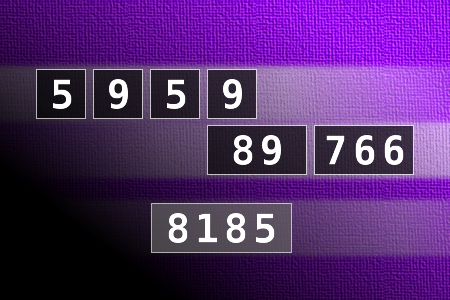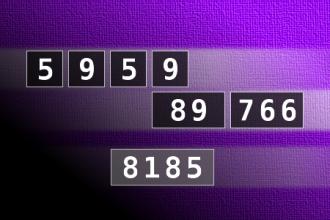Calculate the number 8185
NUMBERMANIA: Calculate the number 8185 using numbers [5, 9, 5, 9, 89, 766] and basic arithmetic operations (+, -, *, /). Each of the numbers can be used only once.Correct answers: 22
The first user who solved this task is Djordje Timotijevic.
#brainteasers #math #numbermania


